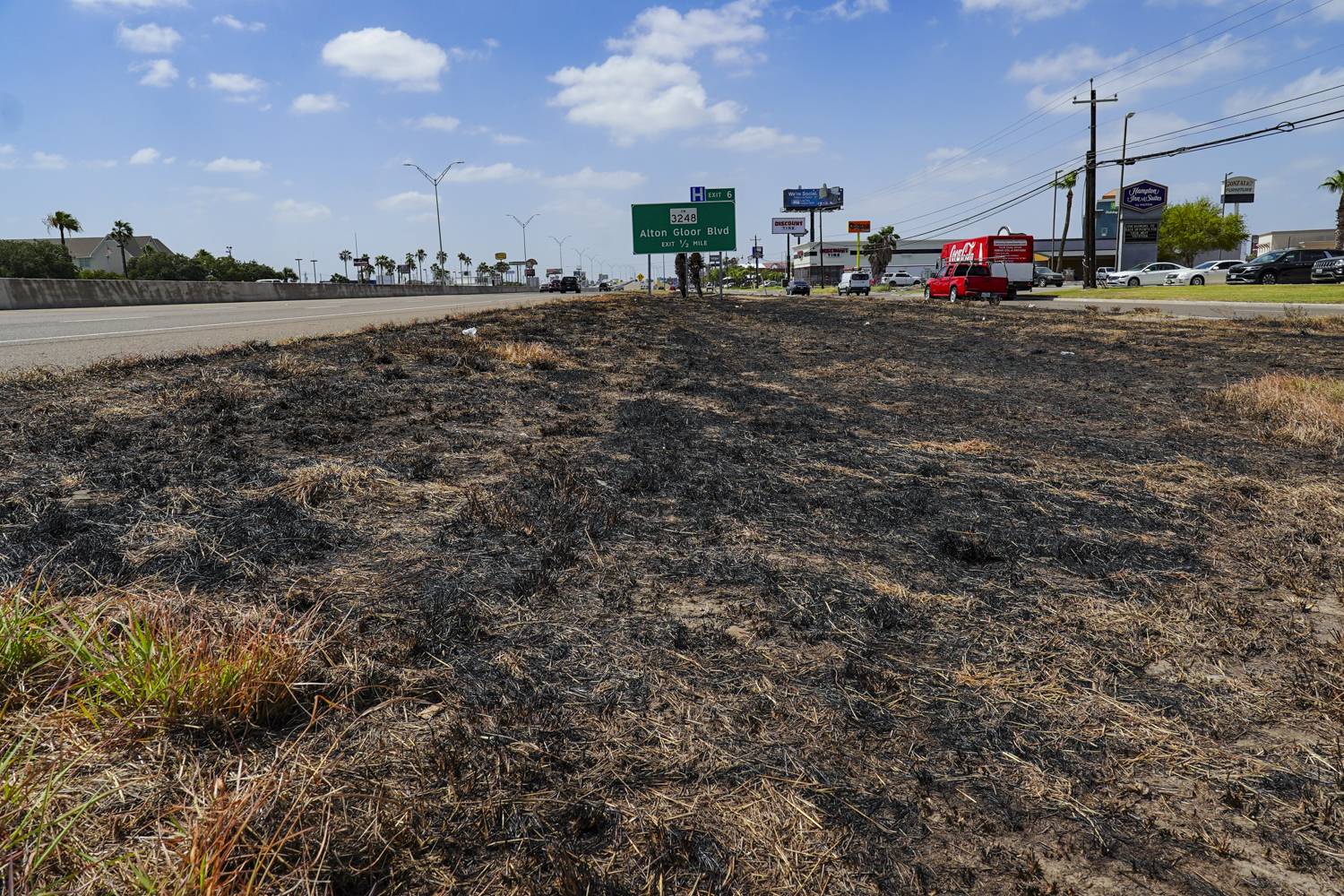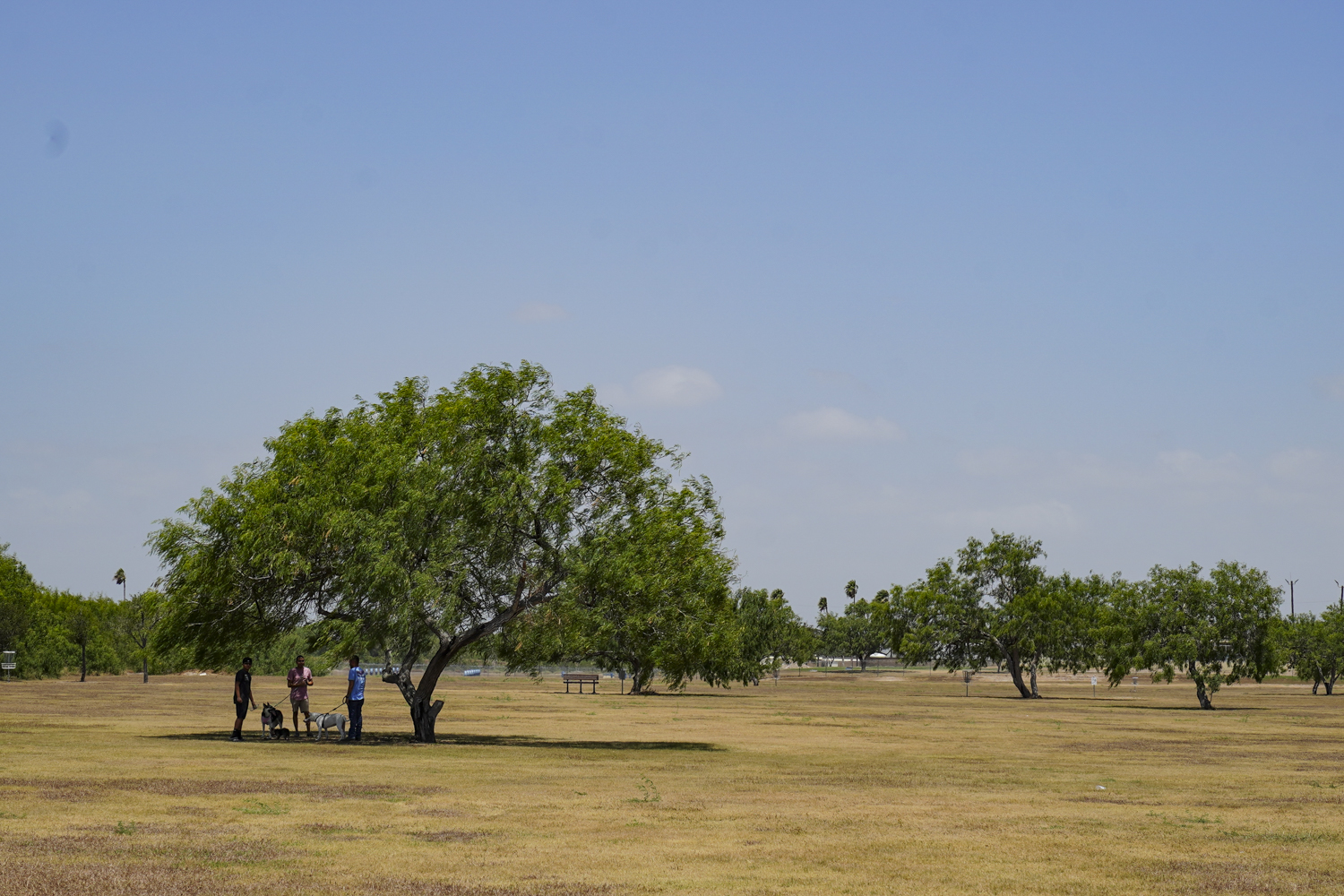Back in late October, the National Oceanic and Atmospheric Administration predicted a warmer and drier than average December through February across the southernmost third of the United States, including the Rio Grande Valley.
Nobody wanted to hear that, since the Valley was already plenty warm, dry and dealing with drought, water levels in Amistad and Falcon reservoirs having become alarmingly low.
Annoyingly, NOAA got it right, including the potential for occasional rain and cold snaps.
Likewise unwelcome, except to fans of warmer and drier than average, is the agency’s outlook for February through April, which says to expect more of the same.

Barry Goldsmith, warning coordination meteorologist for the National Weather Service Brownsville-Rio Grande Valley station, announced the latest NOAA outlook in a Jan. 26 bulletin, noting that it also allows for “occasional cold intrusions … expected through early March.”
“A couple of them may produce freezes across all or part of the Rio Grande Valley/Deep South Texas region,” he wrote.
Other key points regarding the probable continued warmer-and-drier-than-normal include likely worsening drought from to Extreme or Exceptional in the Rio Grande plains/brush country from Zapata and Jim Hogg counties to the King Ranch region of Brooks and Hidalgo counties.
Those areas currently are in severe drought (level two on the four-point drought scale), Goldsmith said, adding that the rest of the Valley is likely to see the spread of moderate to severe drought for the period.
“The combination of drought and water supply issues due to very low reservoir levels will have an impact on ranches (livestock) and unirrigated crops by late March and April,” he said.

A faster rate of evaporation caused by warmer and drier weather, especially from late March through April, will even further lower water storage at the reservoirs, with water restrictions potentially being imposed on agriculture and municipalities, Goldsmith said.
“Water conservation guidelines remain strongly encouraged as drought, dryness and increasing warmth will impact agricultural and municipal supplies,” he said. “Smart irrigation techniques are highly encouraged at the start of the 2023 growing season.”
Further, the predicted weather conditions could produce an active wildfire season rivaling or exceeding that of last year, when more than 30,000 acres burned in Brooks, Jim Hogg, Kenedy and Starr counties and parts of Hidalgo County, he said.
Dry grass and brush combined with likely “dry fronts” between February and early March will increase the threat of fast wildfire spread and growth, Goldsmith said.
He said the way to keep wildfire season from being too busy is “to stop wildfires from starting in the first place,” he said, noting that the vast majority of last year’s fires were caused by people.
Goldsmith also recommended that Valley residents remain vigilant for sharp cold snaps and freezes until early March.




